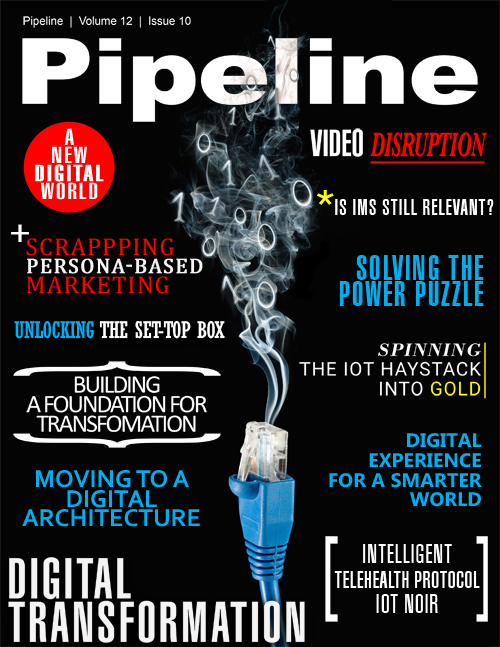Digital Experience for a Smarter World
5. Digital Customer Experience
Another challenge for the digital service providers is a new set of customer groups - those that deliver hyper-sensored, cloud-connected automotives, distant healthcare, smart cities, energy, etc. These consumers of the operator’s digital network services have high expectations of quality as many of their time-critical, business-critical and life-critical functions will be delivered over the DSP network.
They will push for higher levels of SLAs and policy control to be implemented. As a result, parts or layers of the network will need to be dedicated to such customers under stringent SLAs in order to guarantee QoS.
Until now, CEM has focused on business functions being integrated to deliver an improved customer experience; now the focus is on how analytics can be used to improve the customer experience. Old approaches to CEM did not necessarily deliver as its elements were very discrete. With Big Data ensuring unification of data sources to enable faster retrieval times and quick visualisation, pre-integrated systems with pre-packaged analytics are important. Analytics extract broader and deeper customer centric insights from big data platforms and unlock its value for a digital CEM.
Often enterprise customers demand a better insight into the quality of service being delivered, which can be delivered through OSS portals for enterprise customers. Higher customer interactivity and insights gained from analytics also provide operators with opportunities to monetize the information through new personalized services.
6. Personalization Experience
Although new technologies have varying uptake around the world depending on region, geography and economy, the collection and correlation of data is gaining equal importance to build context-specific or personalized services.
Network and customer behaviour analytics-based insights provide real-time understanding of when, where, and which services need to be deployed. This enables contextualized pockets of service roll outs in pertinent network areas, for specific customers or customer groups. This can also mean operators can introduce gradations of services for each customer group. For example, by analyzing customers’ usage patterns and identifying the type, length and quality of videos being streamed, operators can offer plans and bundles that best suit customer needs. As an example, if footfall is higher during a particular hour for 18-25 year olds in a specific location, at a certain hour of the day, the CSP could target it instantly, without having to wait for information, development and testing of a service over months. Another example could be streaming a TV programme that is currently popular with that age group or provide more info about a sporting event.
An analytics dashboard that allows drag and drop of targeted services, based on these insights, will enable real-time personalization of services. Since service situations can develop and dissolve fast, such rapid response can enable the contextual monetization of customer situations.
7. Agile Service Experience
Finally, speed is the key enabler for a satisfying digital experience. Customer demand leaves no time for months and sometimes years of design, test and launch of new services. Instead, operators want rapid delivery and quick retrieval times to enable them to deliver services at a quicker pace. With the ever-changing technology trends, it is vital to reduce the risk of CSPs developing services which no longer fit customer needs before they get to market.
Operators are now looking at cloud-based automation techniques to deliver the velocity of service as expected. New IT-centric methods of service creation and service roll-out are being considered.
It is not enough to know what the current trends are. Operators must predict market activity at least 6 months in advance. With operators seeking the skills of data scientists and data modellers, and OSS systems that incorporate the mathematical prediction models to map customer behaviour, traffic and revenue, puts CSPs in a strong position to introduce new services, earlier on.
Conclusion
A well-managed digital experience, which covers management of the digital networks, services and customers, will smarten up customer homes, transportation, delivery systems, healthcare, energy and many other sectors. The smart, digital world is bound to revolutionize the human lifestyle, with billions of hyper-connected devices communicating with the humans and with each other. However, to make these multi-layered super-fast networks a reality, operators need to evolve not just their networks to the next level, but also introduce new techniques of listening and reacting to the network, automating processes and assuring 100% reliability.



















